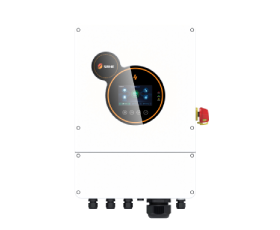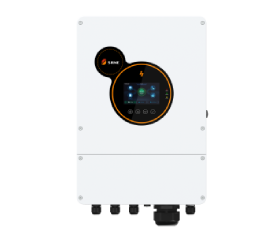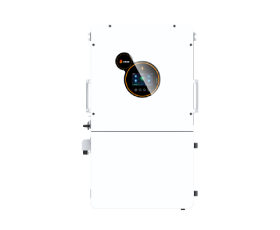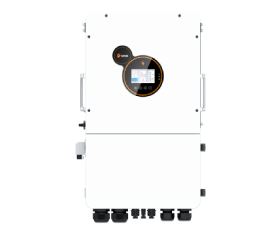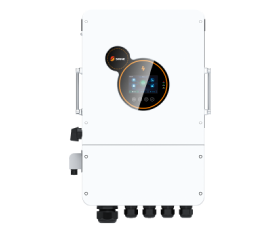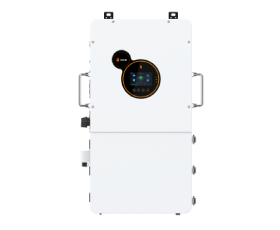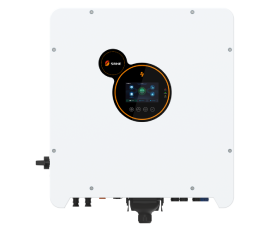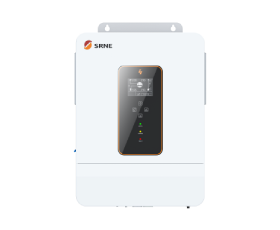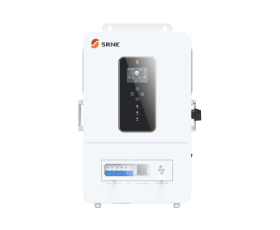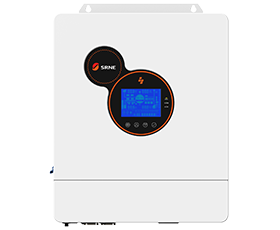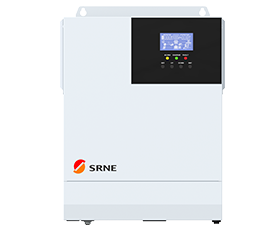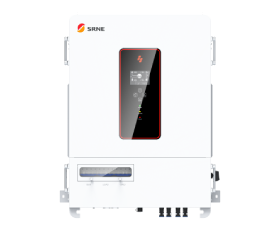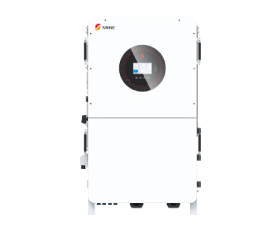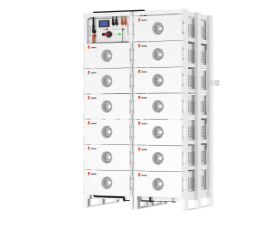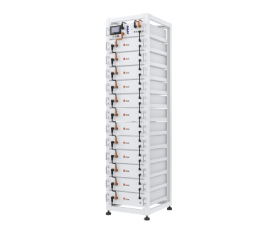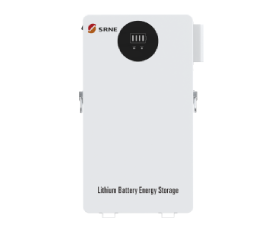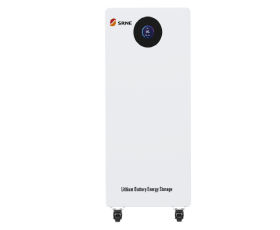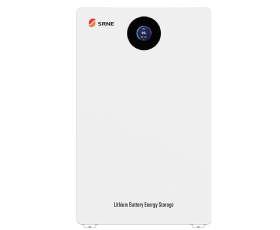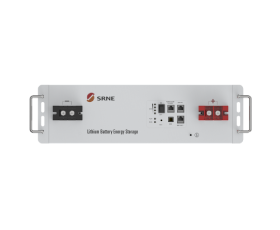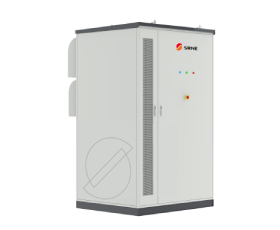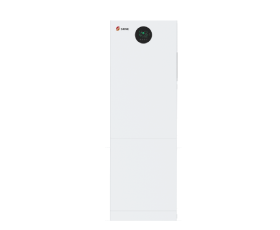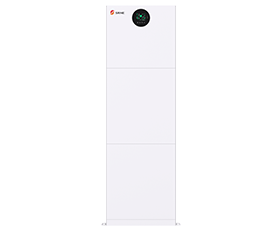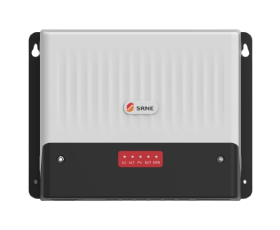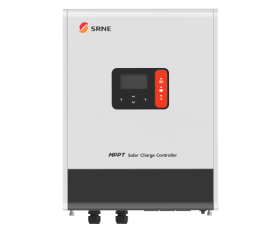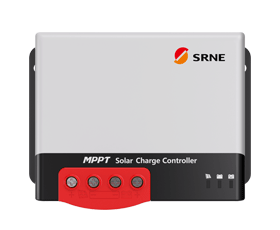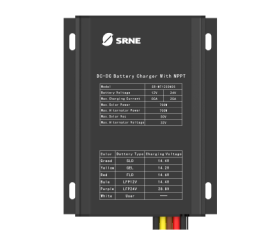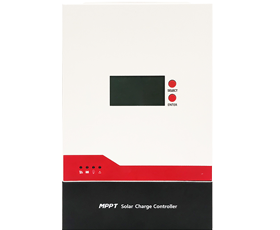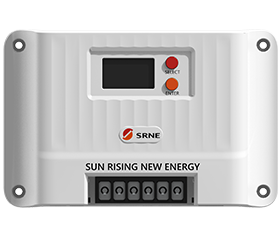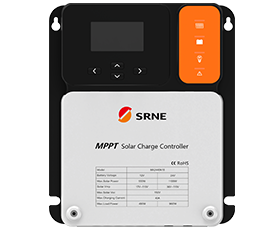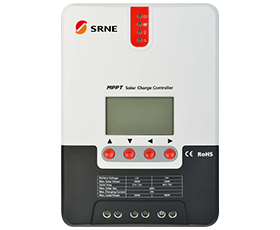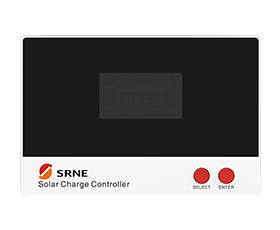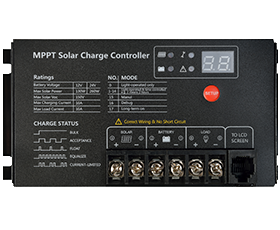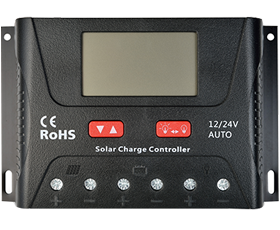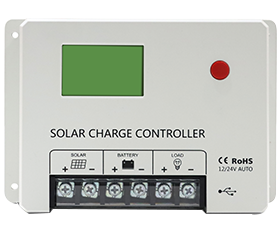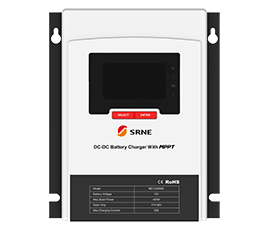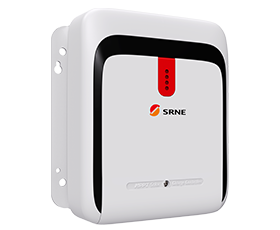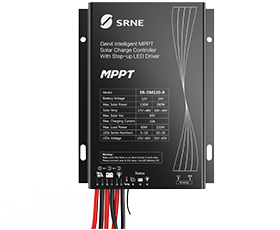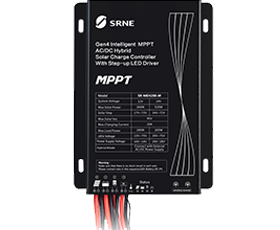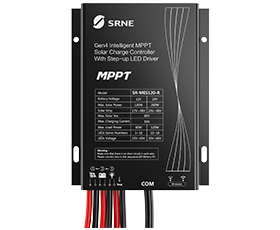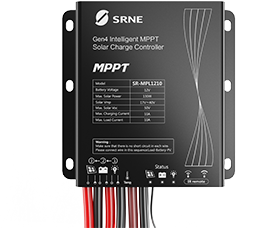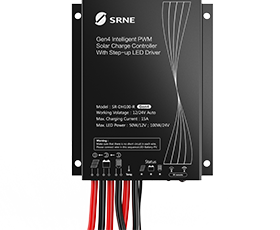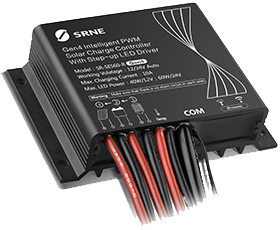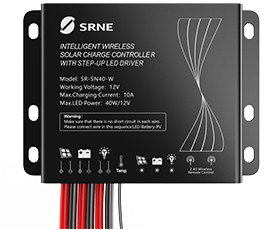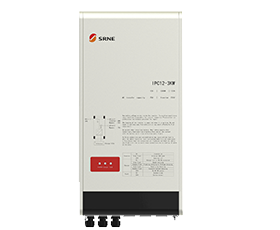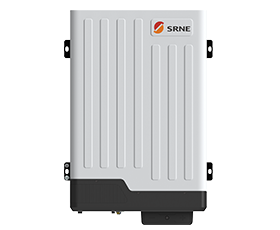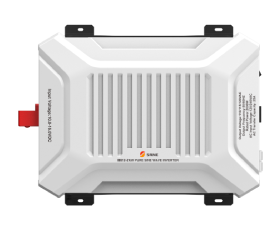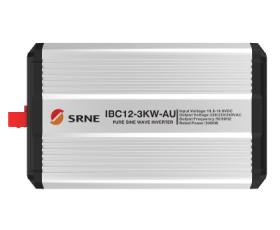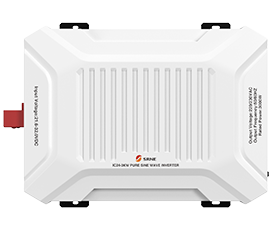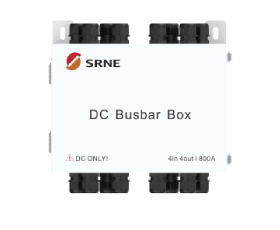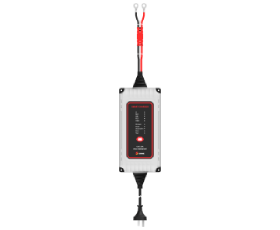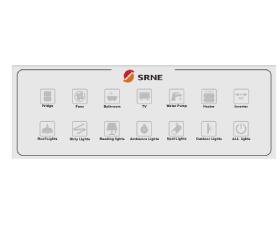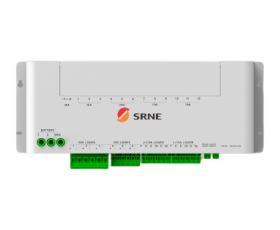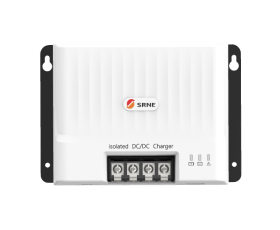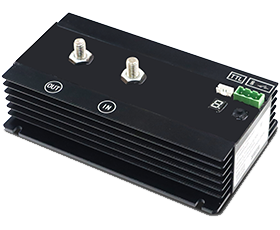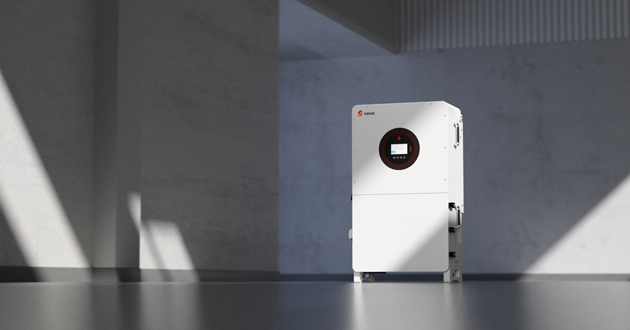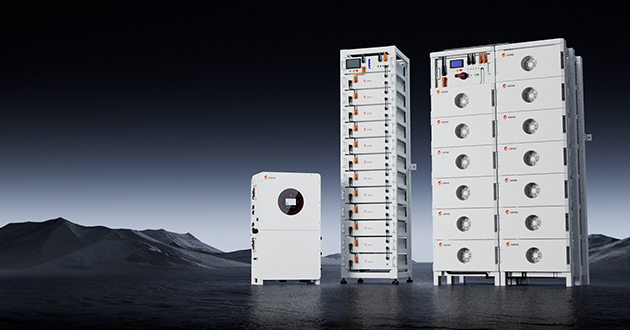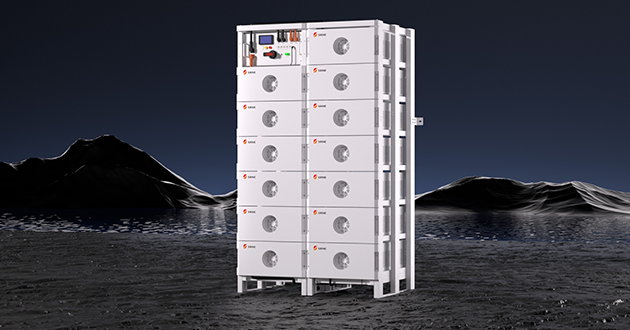What is C&I Energy Storage ?
Businesses are rethinking how they use electricity, and c&i energy storage is at the center of that shift. By pairing smart controls with high-efficiency batteries and power electronics, commercial and industrial facilities can capture low-cost energy, deploy it when it’s most valuable, and keep critical operations running through grid disturbances. This guide explains what c&i energy storage is, why it matters, how it works, and how different storage types—electrochemical, mechanical, and thermal—fit into real-world projects.
What is C&I Energy Storage ?
As industries pursue cleaner, smarter, and more sustainable energy strategies, c&i energy storage — short for Commercial and Industrial Energy Storage — has become a powerful way for businesses to gain control over how and when they use electricity. These systems let facilities such as factories, logistics centers, shopping malls, campuses, data centers, and hospitals capture, store, and intelligently manage power. By storing energy when it’s abundant and releasing it when demand or prices spike, c&i energy storage helps organizations balance consumption, cut costs, and lessen dependence on the grid.
At its core, c&i battery storage serves as a flexible interface between a facility and the power grid. It enables companies to store surplus electricity from the grid or on-site renewables (like solar PV) and deploy it strategically during peak periods, grid constraints, or unexpected outages. This smooths load profiles, trims expensive demand peaks, and improves supply reliability — while opening the door to virtual power plant participation and demand response programs that reward operational flexibility.
Modern c&i energy storage systems pair advanced control software with high-efficiency power electronics to deliver precise, reliable performance. The Energy Management System (EMS) continuously evaluates real-time tariffs, weather forecasts, and production schedules to determine the most economical charge/discharge plan. In parallel, the Power Conversion System (PCS) seamlessly converts energy between the batteries’ DC and the AC used by on-site loads or the grid.
Together, these capabilities elevate storage from a static backup into a strategic operational asset — one that delivers measurable savings, strengthens resilience, and accelerates sustainability goals, all without disrupting day-to-day business operations.
Key Functions and Benefits of C&I Battery Storage
1. Peak Shaving and Load Shifting
Electricity prices fluctuate throughout the day, with the highest rates typically occurring during peak demand hours. C&I battery storage lets businesses charge batteries when power is cheapest—usually overnight or during off-peak periods—and discharge when prices climb. This peak shaving and load shifting smooths a facility’s demand profile and cuts exposure to high demand charges.
For companies on time-of-use (TOU) or real-time pricing tariffs, an intelligent c&i battery storage system can automatically track price signals and adjust operations in real time. Over a full year, this strategy often delivers 10–30% electricity cost reductions, while also easing pressure on the grid and improving overall energy efficiency—creating both financial and environmental gains.
2. Backup Power and Energy Resilience
A core advantage of c&i energy storage is instant backup power during grid interruptions. In a blackout, the system transfers to backup mode within milliseconds, keeping critical loads—manufacturing lines, refrigeration, medical equipment, and data centers—running without interruption.
Beyond continuity, c&i battery storage improves power quality by stabilizing voltage and frequency, protecting sensitive equipment from sags, swells, and transients. For facilities where downtime quickly turns into lost revenue or safety risk, deploying storage strengthens energy resilience, safeguards productivity, and ensures steady operations under variable grid conditions.
3. Integration with Renewable Energy
C&I Energy Storage accelerates renewable adoption in commercial and industrial settings. It captures surplus electricity from on-site solar PV or wind during high-generation periods and releases it later—at night, on cloudy days, or whenever renewable output dips.
This approach increases self-consumption of clean energy, reduces dependence on grid power, and avoids exporting excess at unfavorable feed-in rates—thereby maximizing returns on renewable investments. Together, renewables and commercial and industrial energy storage create a more stable and predictable energy supply, helping enterprises move toward carbon neutrality and long-term sustainability goals.
4.Grid Services and Demand Response
Modern c&i energy storage systems are active participants in the energy ecosystem, not just behind-the-meter assets. With advanced communications and controls, they provide frequency regulation, voltage support, and reserve capacity, helping utilities balance supply and demand in real time.
They can also join demand response programs, earning incentives for shifting or curtailing load during grid stress events. Deployed across multiple sites, commercial and industrial energy storage units can be aggregated into Virtual Power Plants (VPPs)—distributed resources that operate collectively to support grid reliability. For businesses, these capabilities open new revenue streams, deepen utility partnerships, and contribute to a smarter, cleaner, more resilient grid.
5.Sustainability and ESG Impact
Beyond operational gains, c&i energy storage is a strategic lever for sustainability. By optimizing when and how energy is used, companies lower carbon emissions, improve energy-intensity metrics, and demonstrate credible environmental stewardship.
These outcomes align with rising ESG (Environmental, Social, and Governance) expectations from regulators, investors, and customers. Adopting c&i energy storage enhances compliance and disclosure while strengthening brand leadership in clean technology. In today’s market, enterprises that integrate storage position themselves as innovators in clean energy—showing that sustainability can deliver both measurable impact and durable business value.
How Commercial and Industrial Energy Storage Systems Work
At their core, C&I energy storage systems consist of three main components:
Component | Description | Function |
Battery System (BESS) | Usually lithium-ion or LFP batteries | Stores DC energy |
Power Conversion System (PCS) | Bidirectional inverter | Converts DC/AC for grid or load use |
Energy Management System (EMS) | Smart control software | Monitors, forecasts, and optimizes energy flows |
The Process:
Charging: During low-price periods or when on-site renewables are producing surplus power, commercial and industrial energy storage shifts into charge mode. The Power Conversion System (PCS) converts AC from the grid or solar PV into DC for the battery, while the Energy Management System (EMS) weighs time-of-use tariffs, solar forecasts, and state-of-charge to set the optimal window. By timing intake and managing temperature and current limits, the system captures low-cost electricity efficiently and protects battery longevity.
Discharging: When prices spike, demand rises, or an outage occurs, c&i energy storage seamlessly discharges. The PCS reconverts DC to AC for on-site loads or, when economics justify it, exports to the grid. Guided by the EMS, critical loads are served first, with non-critical loads and export following—cutting demand charges, preserving uptime, and unlocking potential revenue through incentive or export programs.
Optimization: Continuous optimization is the core of every commercial and industrial energy storage system. The EMS tracks real-time prices, load profiles, weather signals, and battery constraints (SOC, SOH, cycle windows) to adjust charge/discharge in the moment. Learning from historical performance, it refines strategies for arbitrage, peak shaving, and resilience as market and operating conditions evolve.
This seamless coordination between hardware and software transforms a simple battery into an intelligent, profit-driven energy asset. By aligning EMS analytics with PCS control and granular battery telemetry, each kilowatt-hour is deployed at its highest value—delivering lower operating costs, stronger reliability, and better returns on renewable energy investments.
What Are the Three Types of Energy Storage?
While many technologies exist, most solutions fall into three core categories based on the storage medium and typical application.
Category | Examples | Key Features | Typical Use |
Electrochemical Energy Storage | Lithium-ion, Lead-acid, Sodium-ion | High round-trip efficiency, modular, fast response | C&I and residential storage, EVs |
Mechanical Energy Storage | Pumped Hydro, CAES, Flywheels | Long duration (hours–days); high cycle life (flywheels for short bursts) | Utility-scale grid storage, power-quality niches |
Thermal Energy Storage | Molten salt, Chilled water/ice, PCMs | Stores heat/cold; excellent HVAC/process load matching | Building HVAC shifting, industrial heating/cooling, district energy |
In commercial and industrial settings, c&i energy storage based on electrochemical batteries is usually the first choice. Compact footprints, fast response, high round-trip efficiency, and seamless EMS/PCS integration make batteries well-suited to peak shaving, backup power, demand response, and VPP participation. Systems can be right-sized from tens of kW to multi-MW and expanded modularly as site needs grow.
By contrast, mechanical storage is better aligned with utility-scale, long-duration applications; behind the meter it’s often constrained by site area, civil works, and geologic conditions (with flywheels remaining a niche for short, high-power quality support). Thermal storage excels where HVAC and process heating/cooling dominate and is frequently paired with batteries: in a blended c&i battery storage design, the battery manages electrical peaks and resilience, while thermal storage shifts cooling/heating to off-peak windows—together delivering whole-site optimization across cost, reliability, and energy efficiency.
Conclusion
C&I energy storage turns energy from a volatile expense into a controllable, revenue-generating asset. With peak shaving, backup power, renewable integration, and grid services in one platform, organizations can cut costs, strengthen resilience, and advance sustainability goals. Selecting the right mix—typically batteries at the core, complemented by thermal (and, in select cases, mechanical) solutions—enables whole-site optimization across cost, reliability, and efficiency. In short, c&i energy storage is a practical pathway to a cleaner, smarter, and more dependable energy future.





















